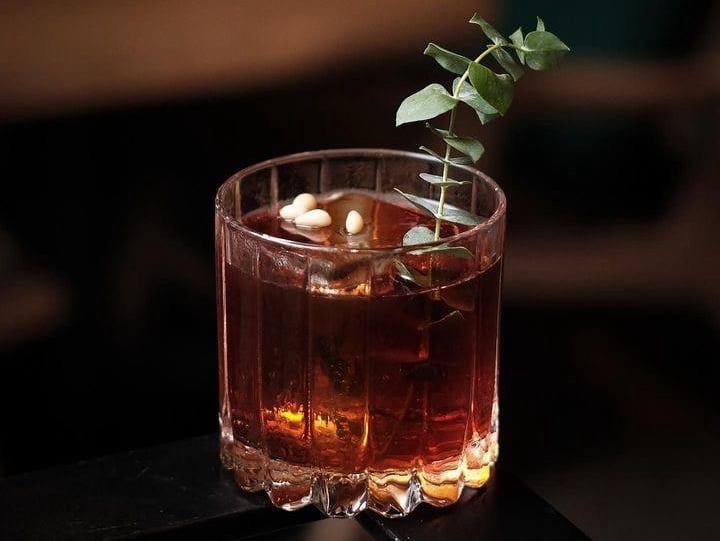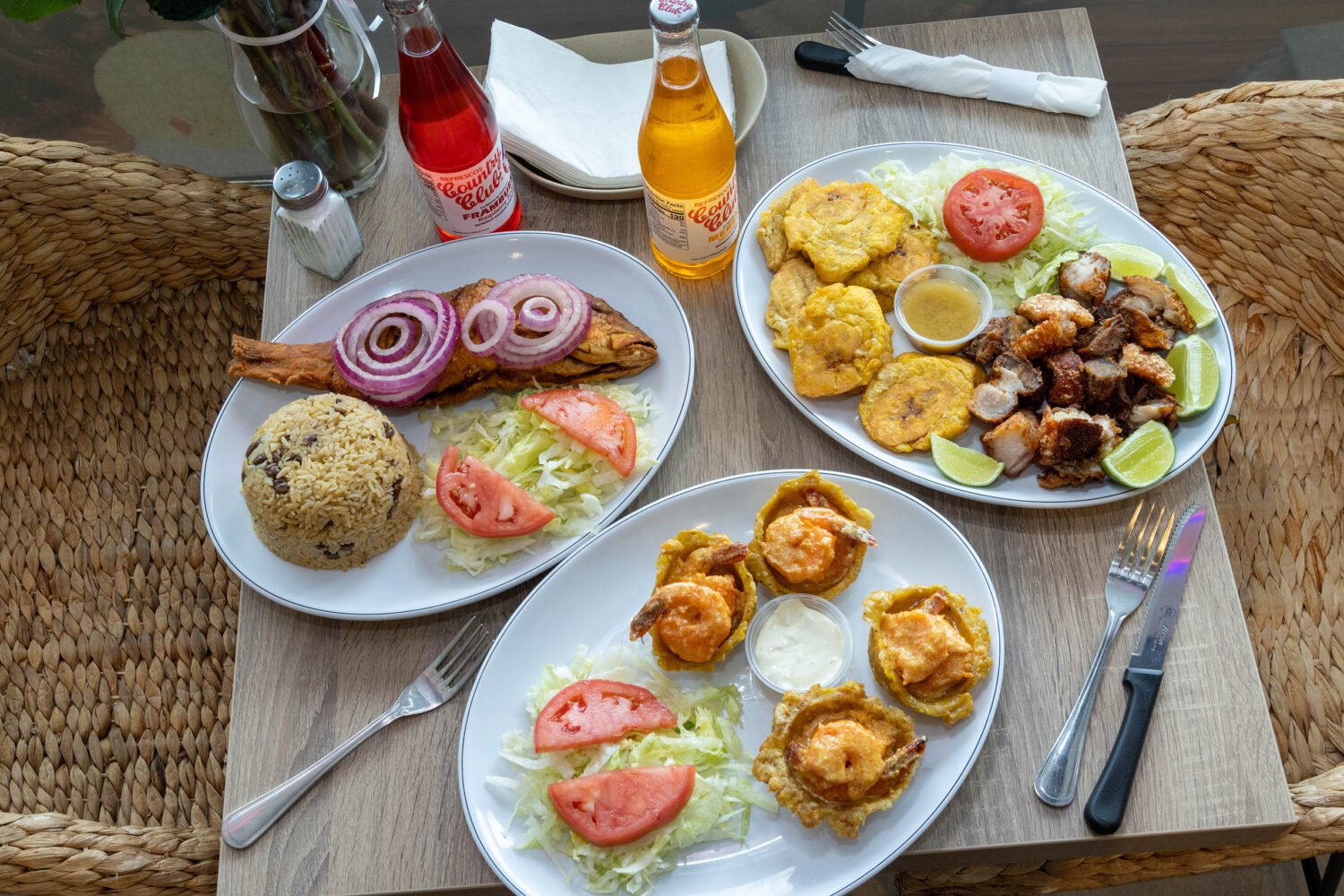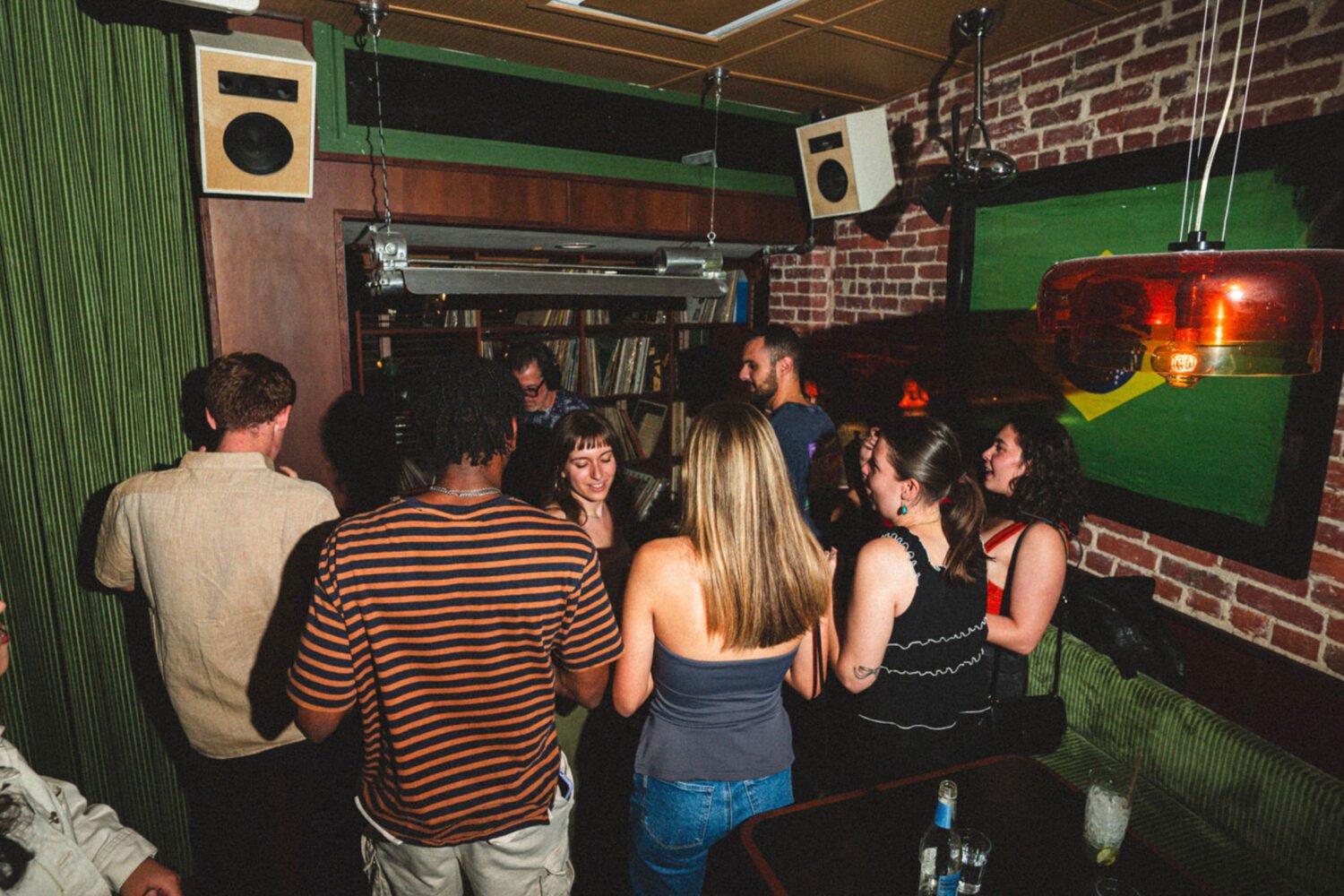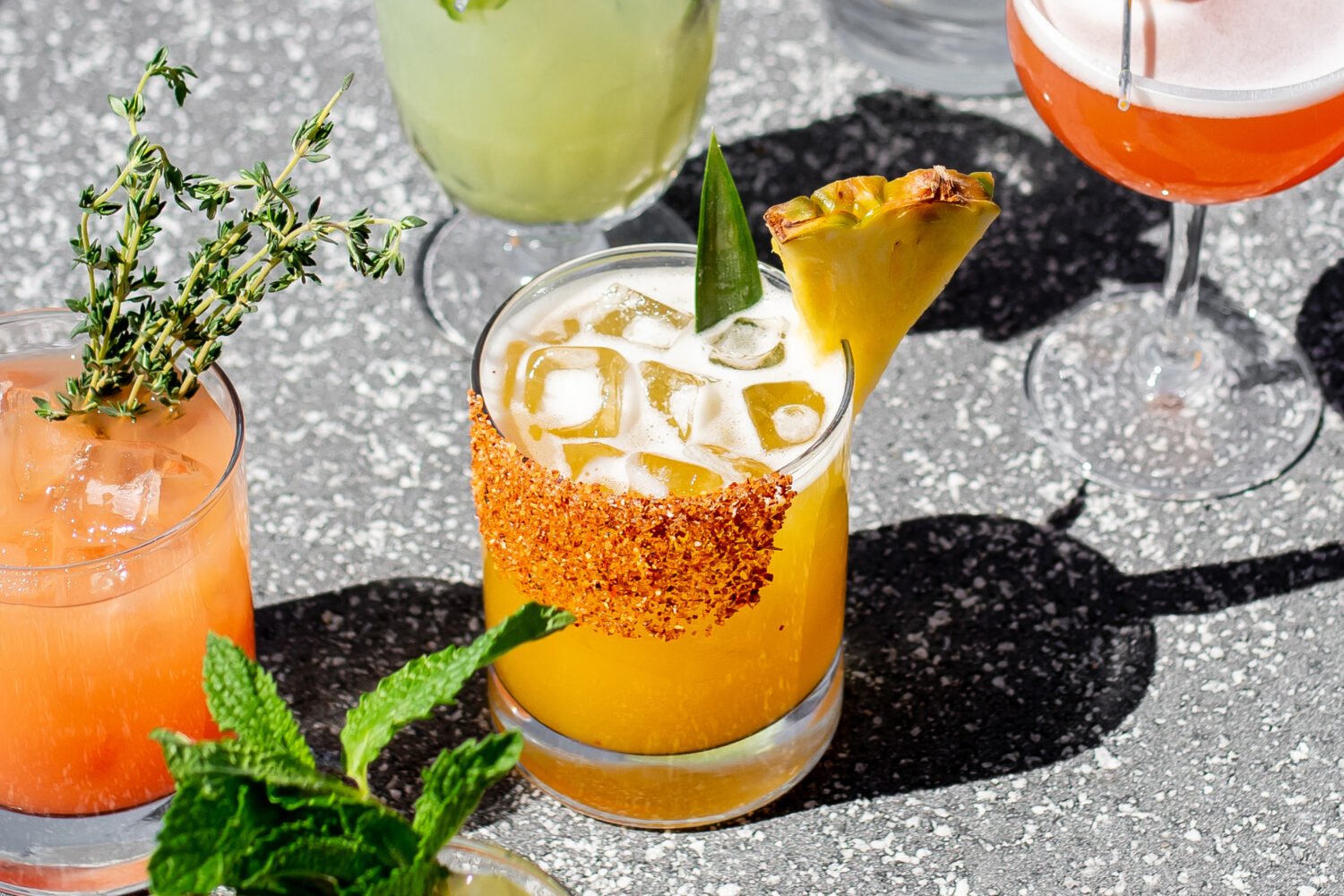March 2005
A Cozy Thai Spot in Chantilly
Few Thai restaurants can boast a chef with the credentials of Nongkran Daks, who ran a restaurant in Thailand, cooked in Laos, Beijing, and Honolulu, and merits membership in Les Dames d'Escoffier, the prestigious organization of women food-and-wine professionals. She is proprietor/chef of a modest but extremely popular–especially at lunchtime–restaurant tucked in a corner of a shopping center off Route 50 in Chantilly. The interior is cozy, with mirrors stretching down the longer parallel walls, woven straw baskets and hats atop the mirrors, and a glorious chandelier in the center of the dining room. A service bar is tucked into one corner. Besides the excellent Singha beer, it serves Monsoon Valley wines from Thailand. They won't create tremors in Napa Valley, but they are quite drinkable.
While the menu may not rival the creativeness of Duangrat's and Rabieng, the pace-setters among Thai restaurants in Northern Virginia, it is more ambitious than at most Thai restaurants. Appetizers, soups, and salads are excellent. Standards such as crispy spring rolls, chicken satay with a good peanut sauce, and deep-fried chicken wings stuffed with crabmeat, chicken, bean sprouts, and noodles hold up well. Unusual and good are Golden Cups–bite-size morsels of crispy rice filled with minced chicken and vegetables–and kari puf, similar to samosas and empanadas but made with puff pastry. Most appetizers are about $5.
The five soups are made with excellent broth and other good ingredients. Tom Kha Hed Nang Rom is a vegetarian soup that features oyster mushrooms, lemongrass, lime juice, Thai ginger, and coconut milk. An excellent, albeit sinus-clearing, salad is Yam Nua, an abundant amount of grilled beef coated with rice powder on a bed of greens.
Main courses average $10 at dinner, a couple of dollars less at lunch. Thai curries, unlike Indian curries, are made from chili paste and are often described by the color of the paste, as in red, green, or yellow curry. Some are made with coconut milk, which is not the liquid in the coconut but pieces of coconut soaked in water and squeezed in cheesecloth. Of the 11 listed, two stand out. Gang Matsaman Nua is a curry of slowly cooked and tender beef with potatoes and peanuts and a variety of spices and herbs. Chu Chee Pla is a large piece of lightly cooked salmon in a reddish curry sauce.
The whole deep-fried flounder, more flavorful and moister than most, comes with a choice of four sauces, including crispy garlic and a tamarind sauce. Shrimp stir-fried with fresh asparagus was also delicious. The large rice crepe stuffed with shrimp, pork, and vegetables and presented with standard fish sauce is another winner. Diners seeking vegetables should order the stir-fried eggplant with bean curd and Thai basil in a bean sauce, although there are also dishes featuring bean sprouts and Chinese broccoli. One of the noodle dishes, such as the popular pad Thai or fried rice tossed with a meat and vegetables, will provide starch for those who have not forsworn it.
One quirk mars an otherwise nearly flawless experience. Many Thai restaurants advise diners that a particular dish might be searing, medium, or mild through the use of stars, chilies, or another symbol on the menu. Thai Basil does not. Patrons can specify whether they want any dish mild or hot on a scale of one to four chili peppers. But the menu gives no indication that some dishes–noodle dishes, for example–are intended to be served mild, while others, such as grilled beef salad, are hot. It's a little like going to an Italian restaurant and being asked whether you want your lobster fra diavolo or veal piccata mild or hot. Diners could use more guidance, especially from a restaurant that claims to serve "Authentic Thai Cuisine."












